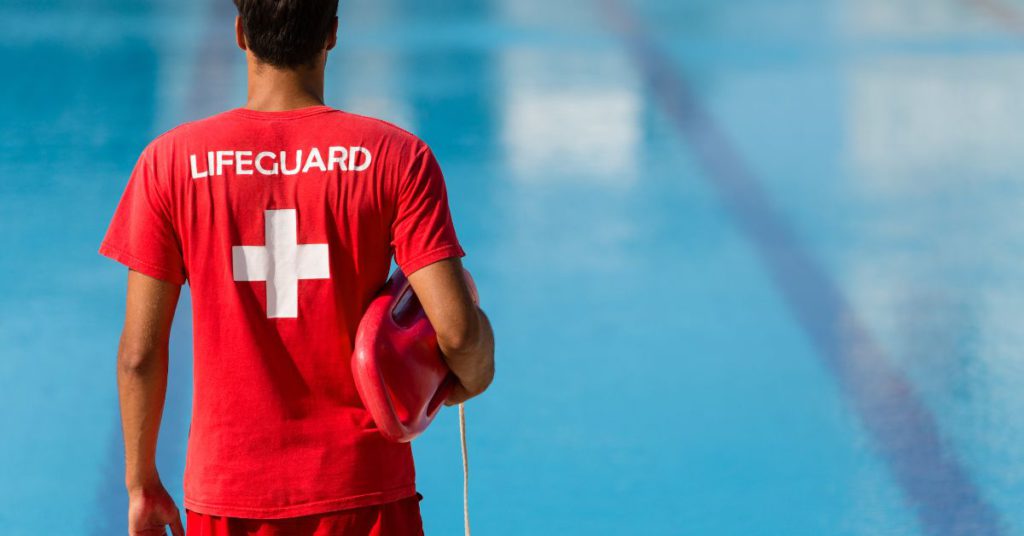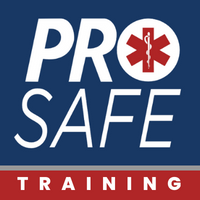About the course:
Bronze Medallion, teaches an understanding of the lifesaving principles embodied in the four components of water rescue education: judgment, knowledge, skill, and fitness. Bronze Medallion challenges the candidate both mentally and physically. Judgment, knowledge, skill and fitness – the four components of water rescue – form the basis of Bronze Medallion training. Candidates acquire the assessment and problem-solving skills needed to make good decisions in, on and around the water. Bronze Medallion is a prerequisite for Assistant Lifeguard training in Bronze Cross.
Course Duration
20 hours
Language
English
Prerequisite
13 years of age or Bronze Star certification
Campus
Aquatic Locations only
Currency of Award
Lifetime award
Recertification
N/A
Course Price
$205.00 + GST
Ready to become a lifeguard? Fill our interest form:

Similar courses
FAQ
The Bronze Cross is a certification level higher than the Bronze Medallion.
The Bronze Medallion is the first required award in the Lifesaving Society Program and provides participants with foundational water safety, rescue, and resuscitation skills. Participants who successfully complete the Bronze Medallion award are eligible to continue into the Bronze Cross certification course, which builds on the skills learned in the Bronze Medallion.
The Bronze Cross certification focuses on more advanced water rescue techniques, teamwork, and leadership. Participants who are successful in the Bronze Cross certification are also eligible for employment as Assistant Lifeguards.
Here are some key differences between the Bronze Medallion and Bronze Medallion:
- Prerequisites: The Bronze Medallion is the prerequisite for the Bronze Cross. Participants must first obtain the Bronze Medallion certification before being eligible to take the Bronze Cross certification.
- Focus: The Bronze Medallion focuses on water safety, rescue techniques, and resuscitation skills, while the Bronze Cross builds on those skills and prepares to transition participants from a lifesaving focus to a lifeguarding focus.
ProSafe Training Bronze Medallion training program includes: Drowning Chain of Survival, ladder approach, rescuer’s checklist, and the dangers of cold water immersion. Skill items include self-rescue, swimming and lifesaving strokes, victim recognition, entries and removals, defenses and releases, tows and carries, search, submerged victim recovery, and drowning resuscitation. Fitness items include a rescue drill and an endurance challenge. Judgment items include conducting a safety assessment, and rescuing a non-breathing victim and performing CPR on a manikin.
